Any foreigner who has tried to negotiate Tokyo’s narrow, windy and painfully crowded roads knows what a challenge that can be. But General Motors and Honda say they’re confident they’ve got a better way to navigate traffic, with the partners set to launch service by Cruise robotaxis in Japan’s capitol starting in 2026.
Cruise llc, the robocab company jointly owned by General Motors and Honda, will launch commercial services in Tokyo in 2026.
It’s the most significant expansion for Cruise since it began a pilot program in San Francisco several years ago. Cruise – as well as key rival Waymo – recently received authorization from California regulators to expand its services in that city and to actually begin charging users of its driverless vehicles.
“There is an important and growing societal need for safe and accessible transportation in Japan that autonomous vehicles can provide a solution for,” said Cruise CEO Kyle Vogt. “In addition to societal impact, the business opportunity is also exciting, as Japan represents one of the largest potential autonomous vehicle ridehail markets in the world, with many dense, highly populated cities that have high transportation needs.”
The origin of the Origin
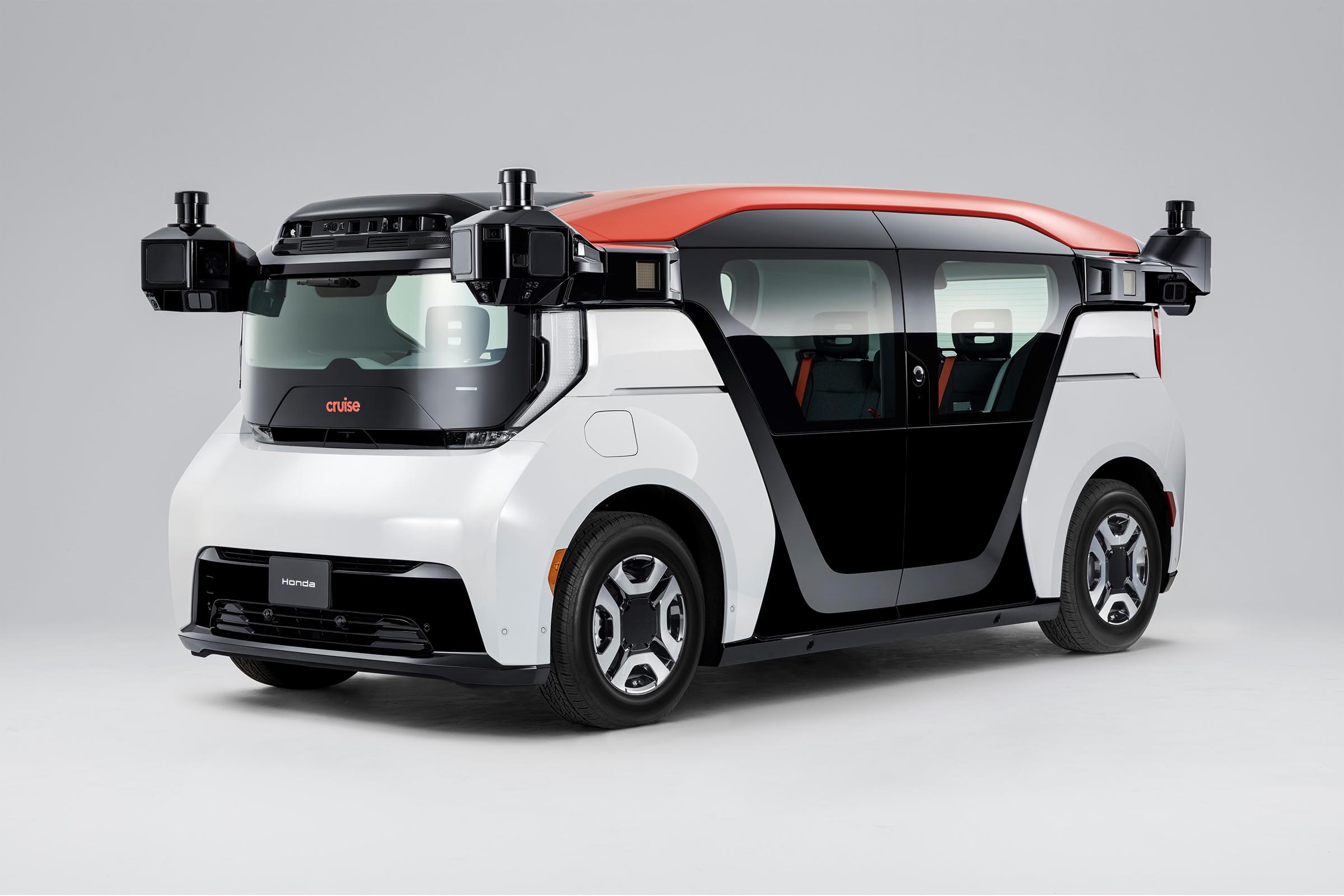
The Cruise Origin was jointly developed by GM and Honda. This Japanese version will rely on a variety of sensors, including LiDAR.
Founded by Voigt and partners 10 years ago this month, Cruise received a significant boost when General Motors acquired it in 2016 for an undisclosed sum – with analysts estimating the purchase price at somewhere between $500 million and just over $1 billion. Honda signed on in 2018, announcing it would invest $2 billion over a 12-year period. The Japanese automaker also participated in an additional investment round that included Microsoft in 2020. GM remains the dominant partner.
While Cruise initially used modified versions of the Chevrolet Cruise EV, it will be migrating to a unique vehicle specifically designed for driverless ride-sharing operations by GM and Honda. Dubbed the Cruise Origin, it has no steering wheel or other traditional controls. It also features a more living room-like cabin for up to six passengers who sit facing one another.
The Japanese operation is expected to use Origin robocabs exclusively. About 500 of those vehicles will be produced for use in Tokyo at GM’s Factory Zero EV plant in Detroit.
“Profound” benefits
“GM has always been invested in defining the future of transportation and that’s more true today than ever,” GM Chair and CEO Mary Barra said in a statement announcing the Japanese project. “The benefits of AVs — from safety to accessibility — are too profound to ignore and through this important partnership with Cruise and Honda, we’re bringing forward innovation that leverages our expertise in cutting-edge software and hardware to help more people around the world get where they need to go.”
Currently, Cruise operates in Austin and Phoenix, as well as San Francisco. It has confirmed plans to “launch in 12 additional announced markets in the U.S.,” while other foreign operations are reportedly under study.
Critics speak out

A Cruise Chevy Bolt was involved in a crash in San Francisco this month, striking a pedestrian who’d been tossed into the road by a hit-and-run driver.
While proponents of autonomous technology have expressed support for the expanding efforts of Cruise and Waymo, there has also been some vocal opposition. San Francisco’s fire chief, for one, tried to convince California regulators to veto expanded robocab service at an August meeting, noting that Cruise and Waymo vehicles have, on a number of occasions, stalled out, blocking busy streets and complicating efforts by emergency responders.
That month, a Cruise vehicle collided with a fire truck, with one passenger in the robocab injured. This month, one of the company’s vehicles hit a pedestrian who had already been struck by a hit-and-run driver. That has triggered an investigation by state and federal authorities.
Creating “an advanced mobility society”
Nonetheless, Toshihiro Mibe, the global CEO of Honda, said he is confident about the potential for the Tokyo expansion,
“This will be a major step toward the realization of an advanced mobility society,” said Mibe. “Providing this service in central Tokyo where the traffic environment is complex will be a great challenge, however, by working jointly with Cruise and GM, Honda will exert further efforts to make it a reality.”
Cruise and Waymo are considered leaders in fully driverless technology. But there is growing demand for semi-autonomous systems like GM’s Super Cruise. And Mercedes-Benz is just launching sales of its hands-free Drive Pilot system, the first to reach Level 3 operations. That allows a motorist to turn away from the road, even text or watch videos — though they will be required to be ready to regain control of the vehicle in an emergency. Drive Pilot will be offered in the 2024 Mercedes EQS sold in two states, including California.

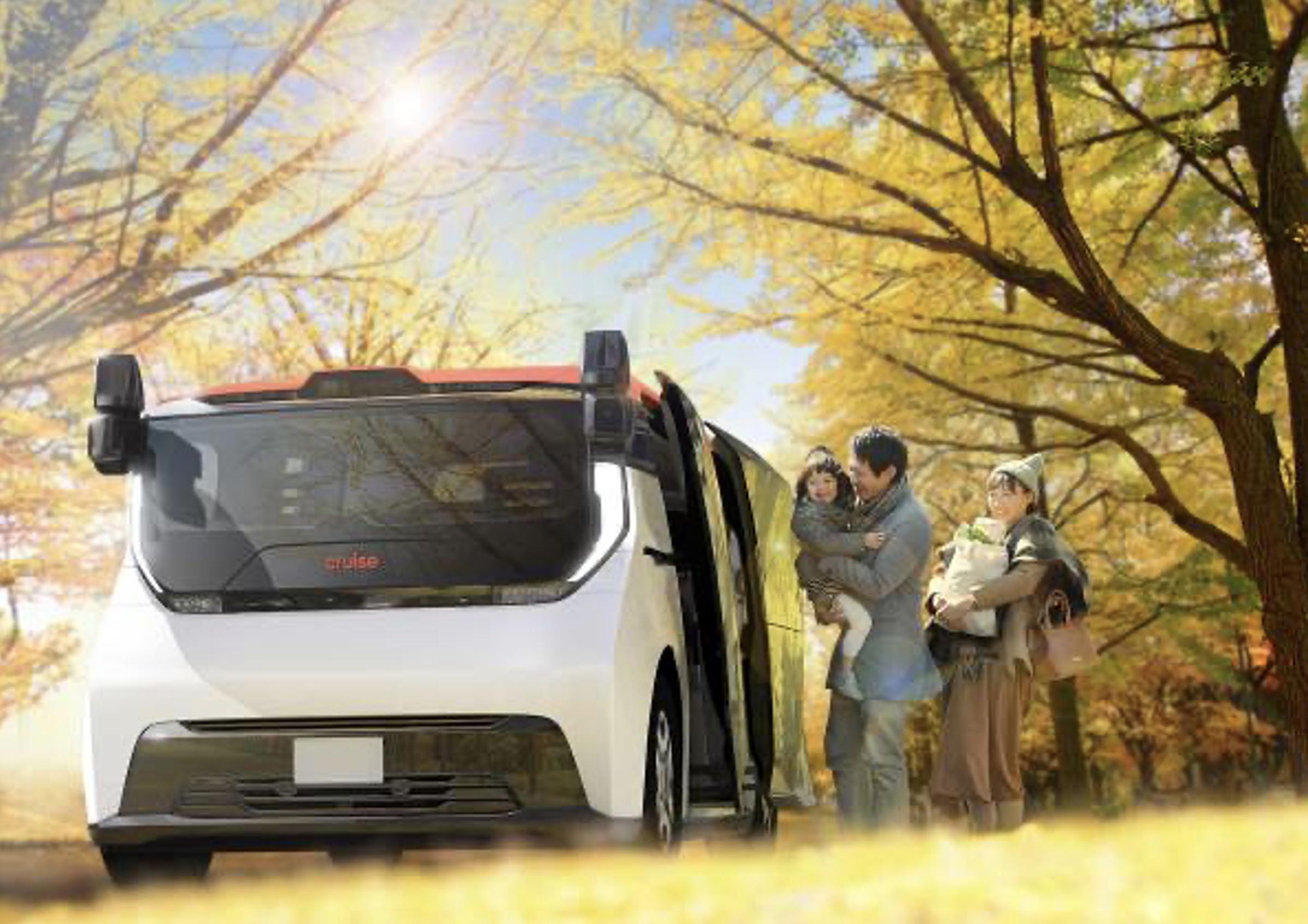
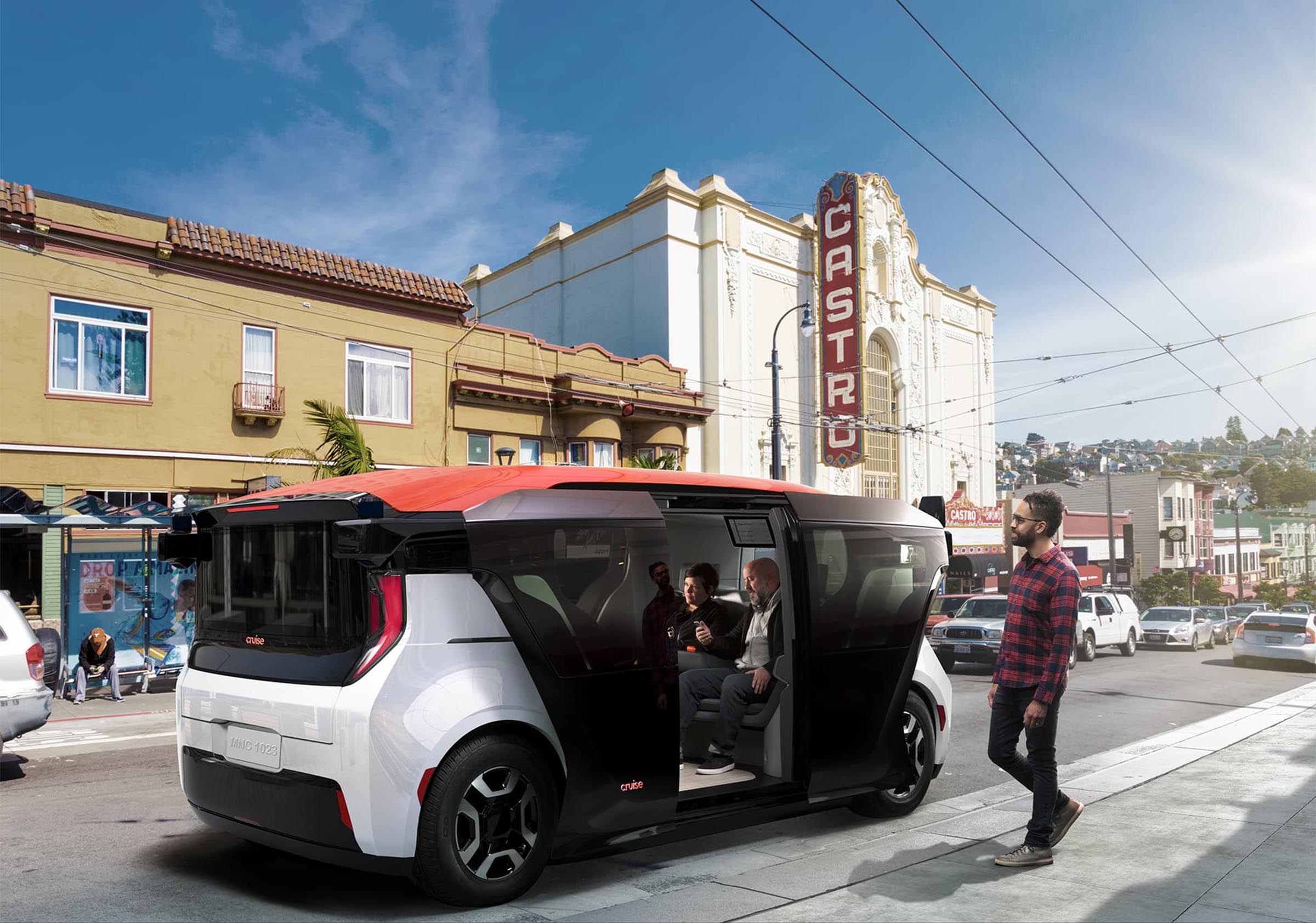
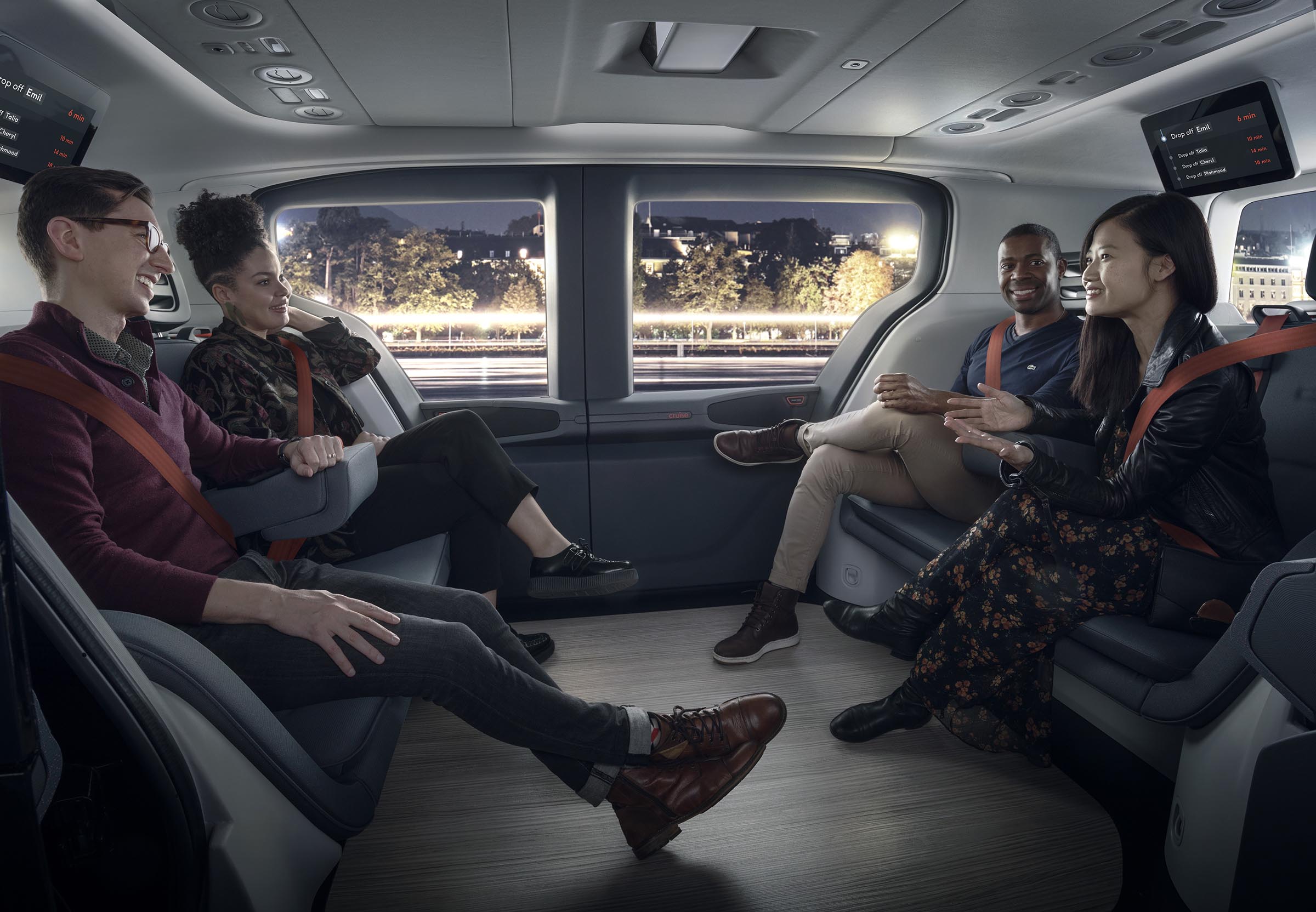
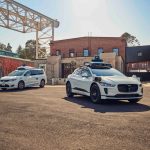
0 Comments